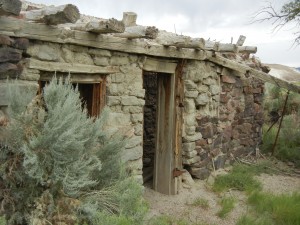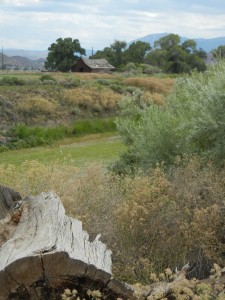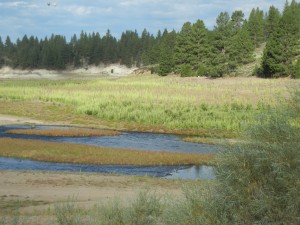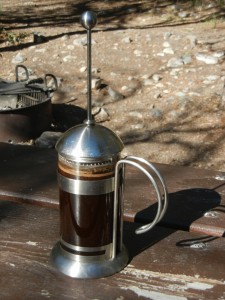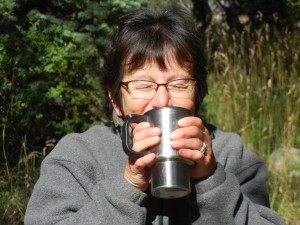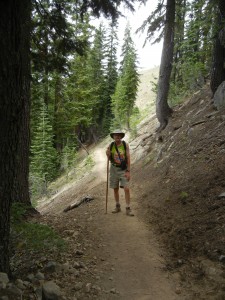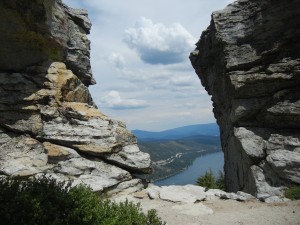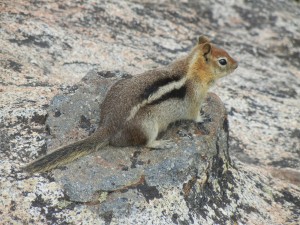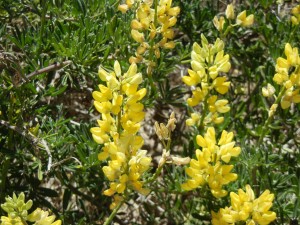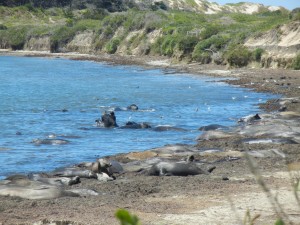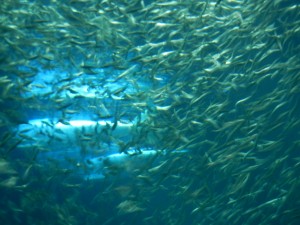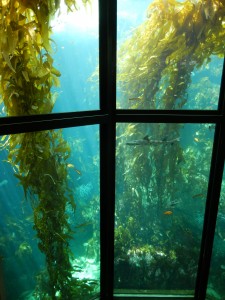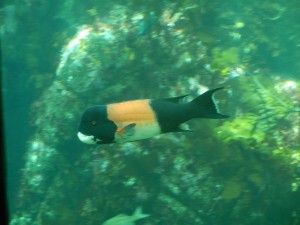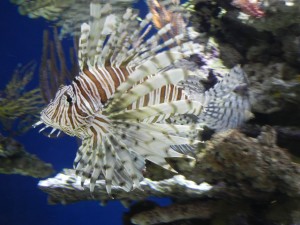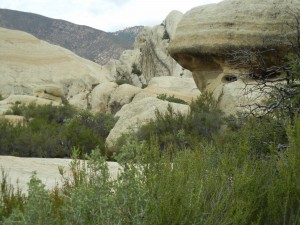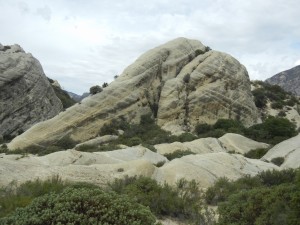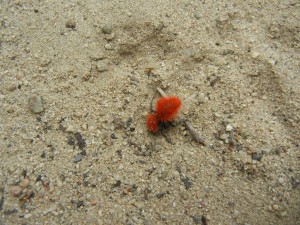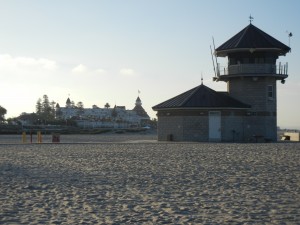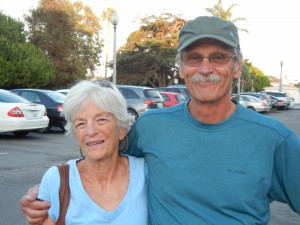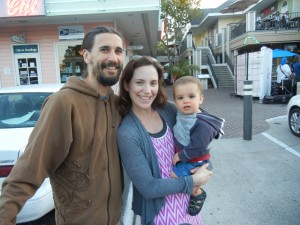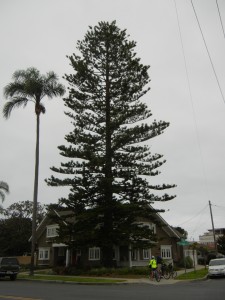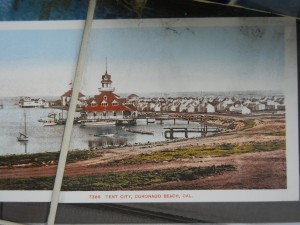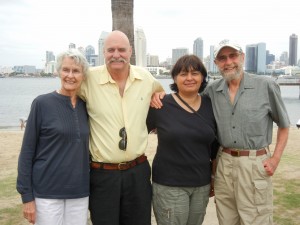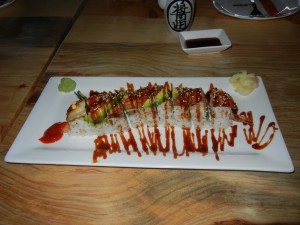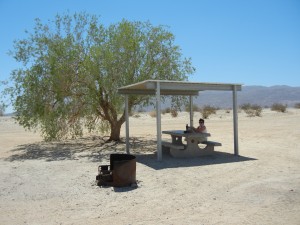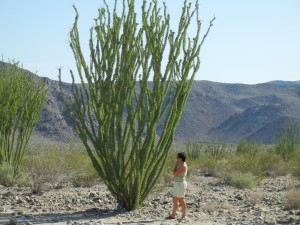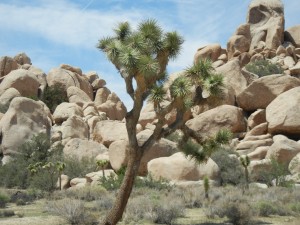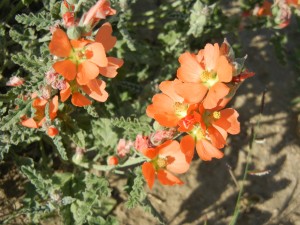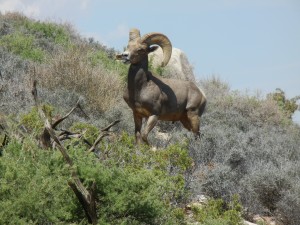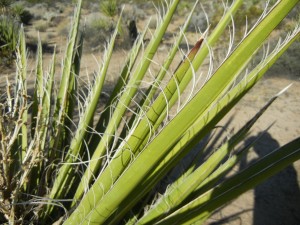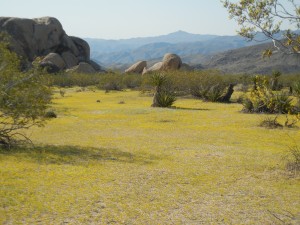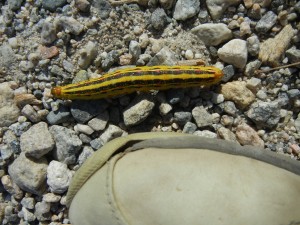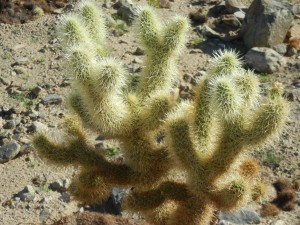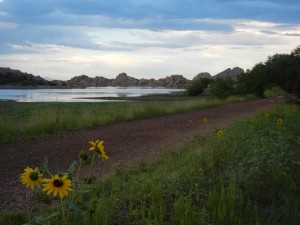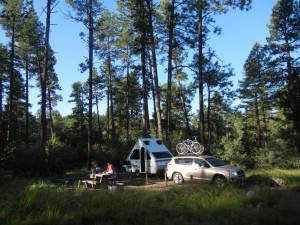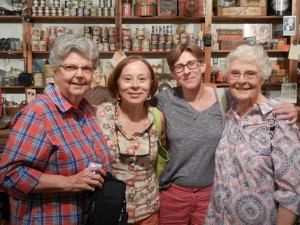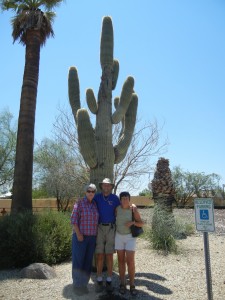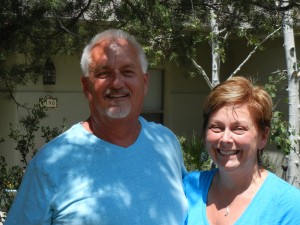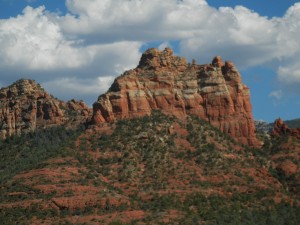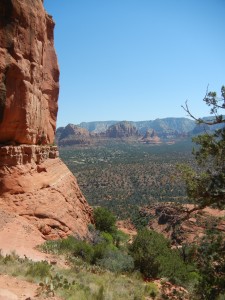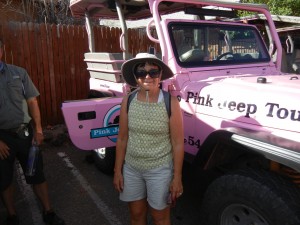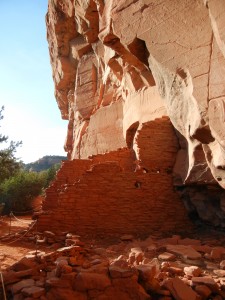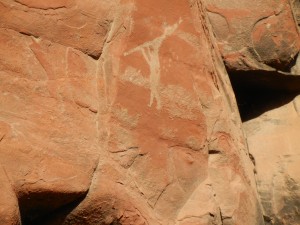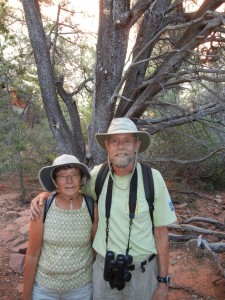Day 44: A travel day, across eastern Nevada’s typical basin and range landscape to Round Mountain where we stayed a couple of days with Barb and Dan in the Big Smoky Valley, the basin between the Toiyabe Mountain Range to the west and the Toquima Mountain Range to the east.
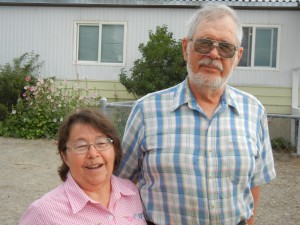
Day 45: Barb & Dan took us for a hike up Broad Canyon, in the Humboldt-Toiyabe National Forest, close to where they have lived for the last nine years, while Dan was the high school science teacher and then a senior technical trainer for the mining company. We hiked up along a stream between the steep, rugged, rocky walls of the canyon to a high waterfall.
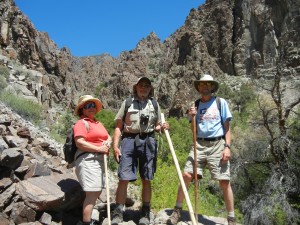
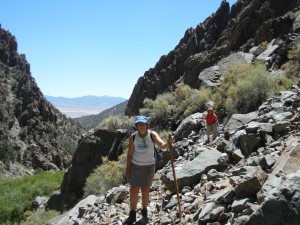

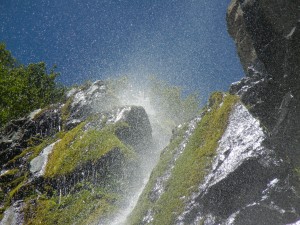
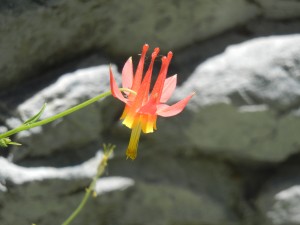
In this land of dusty dirt roads, sagebrush, pinyon pine, and juniper, the waterfall made a very pleasant lunch spot on a hot sunny day. For centuries, pinyon pine seeds were a critical food source for the Native Americans of this area. Each year, Barb and Dan would harvest pinyon cones while still green and dripping with sap in the summer, then let the cones dry so the seeds could be removed and roasted in the fall (they are delicious).
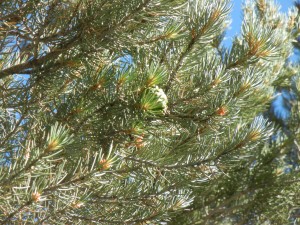
Day 46: With Barb & Dan, we took a tour of the Round Mountain gold mine, one of the largest open-pit mines in Nevada. After we saw a couple of the huge haul trucks close up, we could appreciate the vast size of the pit as we watched from the rim as trucks were hauling ore up from far below us. We saw where the ore is crushed in stages into small pieces, the equipment used to concentrate the fraction of ore with the highest gold content, the assay lab, the metallurgy lab, and the leaching beds where the cyanide solution is dripped through large piles of the richest ore to extract the gold. In the afternoon, Barb & Dan took us hunting for fossils (we didn’t find any) and up into the hills to see the old mining town of Manhattan. On the way back we drove by a herd of about 25-30 pronghorns, not close enough for a good photo, but in good range to look at for a while through our binoculars.
